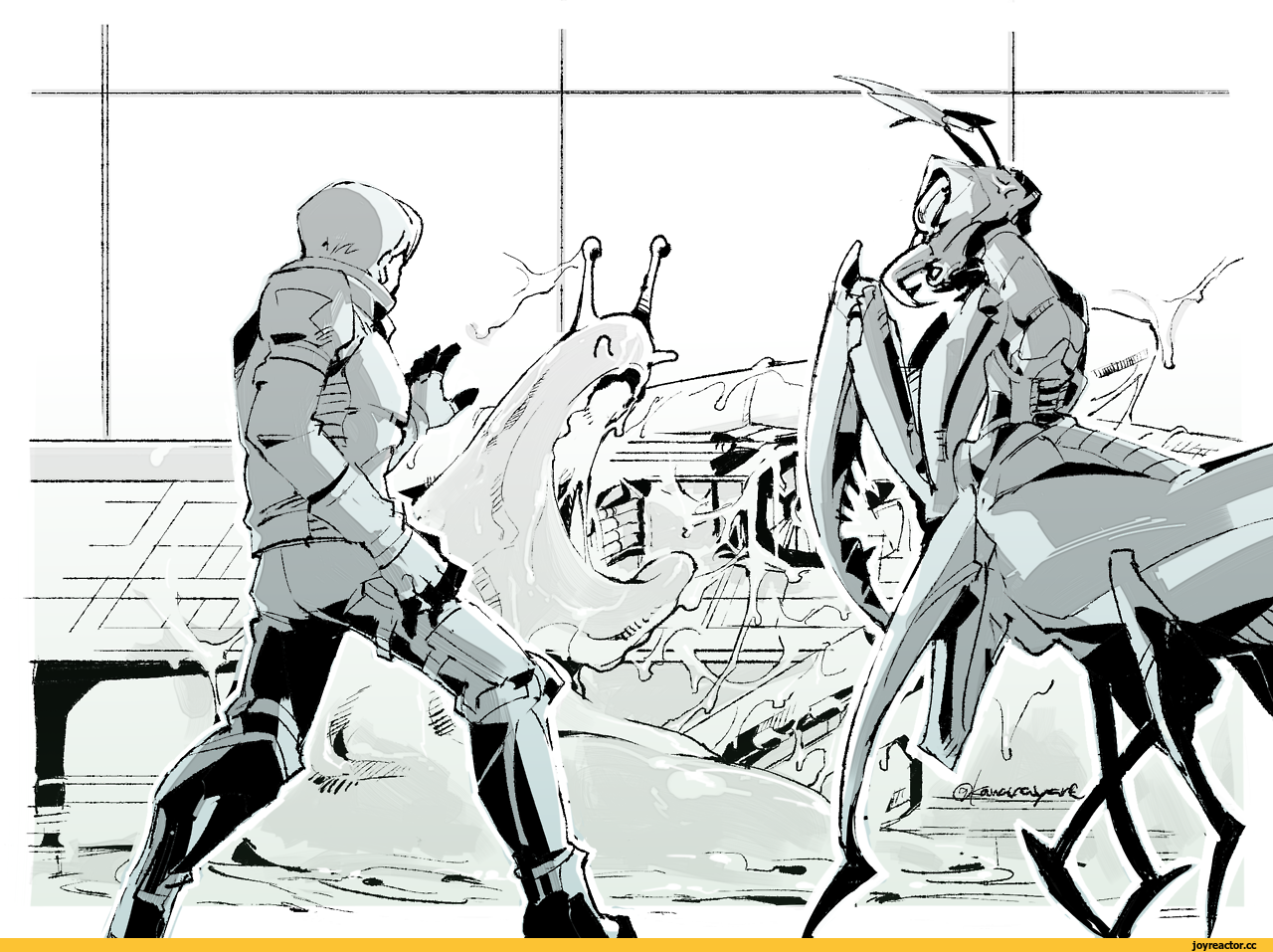
In fact, despite the advanced graphics, Into the Stars gameplay feels simpler than FTL – which is a strength and a weakness. All it really does is lend atmosphere – a fresh and palpable atmosphere, but not one which reflects the experience any more than FTL did. But for the most part, this is largely a visual distinction – unless you fly directly into a star or planet, there’s not really a gameplay impact to traveling in space. One of Into the Stars biggest selling points is its Unreal Engine 4 graphics, which gorgeously renders each system and lets you travel between them without activating a warp drive. It’s a fairly simple, but satisfying set of mechanics, although it can get especially tense when juggling multiple enemy vessels at once. Each ship action does have to charge before activation however, so you’ll need to carefully time attacks, deflections, and evasions to survive with your ship and crew intact. It’s also possible to evade attacks if a pilot is assigned to the task, or mitigate crew damage if a medic is on-deck. That means you can activate a shield which completely negates an enemy attack, just as they can for your attacks. Weapons and shields operate on red, yellow, or blue frequencies, with identical colors cancelling each other out. (Or if you prefer, there’s an “Explorer” difficulty for anyone who wants to resource-gather without the strict time limit.) Which certainly isn’t to say the space battles aren’t satisfying. Where possible, there are lots of options to avoid combat, from charting safe routes to spending the bare minimum of time in a space region. Mitigating the frequency of these events can be important, as it frees up your crew members for those big picture problems which no one else can complete. If that gets tiring, you can assign construction projects which manage the Happiness, Health, and Order stats of your city for you. You’ll also need to account for your human city as you travel, assigning the crew to settle random events like disease outbreaks, gangs, or insurrections.
Ftl faster than light playthrough engi full#
There are also a few scattered stellar phenomenon like gas clouds which offer specific resources without the full range of mission options. Outside of planets, there are also various ships you can encounter, such as alien traders, enemy patrols, or even abandoned Arks. The only downside? This isn’t Star Trek – the captain will never be allowed to go on these exciting away missions with the crew. If successful, these missions reward special items and repair kits which can’t be obtained via standard resource gathering. There are a huge range of procedurally-generated options here, ranging from exploring ruins, to diplomatic negotiations with aliens, to having your pilot take part in racing tournaments. Your final possibility is missions, where you assemble a full away team and choose between three potential quests. The second is mining operations, which requires sending two crew members to the surface, and lets the player control a drilling mini-game to earn more of a specific resource. The first is remote probes, which gather relatively small amounts of every useful element on the planet’s surface. Your biggest locations for resources are planets, which provide three avenues for obtaining them. Overall, it’s a great hands-off approach which lets you focus on the big picture while keeping the tension of crew and resource management high. Crew members are randomly-generated with particular specialties, but you can choose any six from an extensive list and improve their abilities over time. Instead of micromanaging each ship function, you’ll assign important tasks to crew members as they arise. You can use an outer camera to look around the ship, but it’s equally atmospheric to stick with the first-person view, monitoring ship statistics as well as the view screen.


Into the Stars comes with a smoothly-designed interface which lets you control the action directly from the captain’s chair. What’s more, some regions have higher alert ratings by default – forcing you to choose between plotting a safe course or making a risky journey through dangerous territory. The longer you stay in each sector however, the more likely the Skorn will be able to track your signal and warp craft directly to your location. That means you’ll need to visit planets along the way and gather resources to continue the journey. Trouble is, you don’t have enough fuel, food, or oxygen to make the trip and keep the 10,000 citizens of your city alive. Your warp drive has been disabled in a recent, out-of-game encounter with the Skorn, meaning you’ll have to rely on conventional drives to get there. You start the game in Alpha Sector, while Titus Nova is located on the opposite edge of a 90-sector map.


 0 kommentar(er)
0 kommentar(er)
